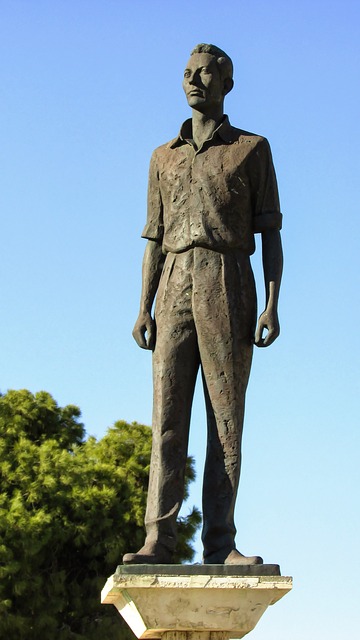 For connection with the jury I follow the Tao of Trial.
For connection with the jury I follow the Tao of Trial.
Preparation. In any phase of trial from voir dire to closing argument I prepare. Clarence Darrow memorized poems and quotes he planned on reciting during trial. I write out my opening statement, my direct and cross examination questions and my closing argument. I go into every phase of trial with at least an outline on what needs to be covered.
Rehearsed v. Spontaneous. Although I have a planned presentation for every phase of trial, I move through the trial with mindfulness at every moment of trial. This allows me to be with the jury in the moment, regardless of preparation.
The Way of the Tao. Trying the case in the way of the Tao is to recognize the concept of change. Change in trial does not usually occur because of my prepared presentation. “Change is innate in all things and situations.” F. Capra, The Tao of Physics at 116 (5th Ed. 2010). Change occurs naturally and spontaneously. Id. “Spontaneity is the Tao’s principle of action, and since human conduct should be modeled on the operation of the Tao, spontaneity should also be characteristic of all human actions.” Id.
Acting in Harmony with the Trial. I act spontaneously according to my true nature. This means trusting my intuitive intelligence which is innate and in the moment. Rather than force myself, I adapt to the trial moment. “In the words of Huai Nan Tzu, those who follow the natural order flow in the current of the Tao.” Id. at 117.
Prepare and Forget. To try the case at the highest level I discover our client’s story and show the story at trial. In each phase of trial I have imaged the phase and prepared accordingly. Once I get to the phase I forget my planned presentation, I live in the moment and trust my intuitive spontaneous nature. I include the jury as we live together in the trial moment.
Post Footer automatically generated by Add Post Footer Plugin for wordpress.

 The formula for a quality personal injury case is found in tragedy. Tragedy involving a hero suffering adversity challenging the adversity, and never giving up. In a personal injury case the adversity is the injury. The injury is challenged through medical treatment. To be compelling the personal injury tragedy requires the adversity to be greater than the hero. This means the plaintiff hero will not be able to overcome the injury. The injury is permanent.
The formula for a quality personal injury case is found in tragedy. Tragedy involving a hero suffering adversity challenging the adversity, and never giving up. In a personal injury case the adversity is the injury. The injury is challenged through medical treatment. To be compelling the personal injury tragedy requires the adversity to be greater than the hero. This means the plaintiff hero will not be able to overcome the injury. The injury is permanent.